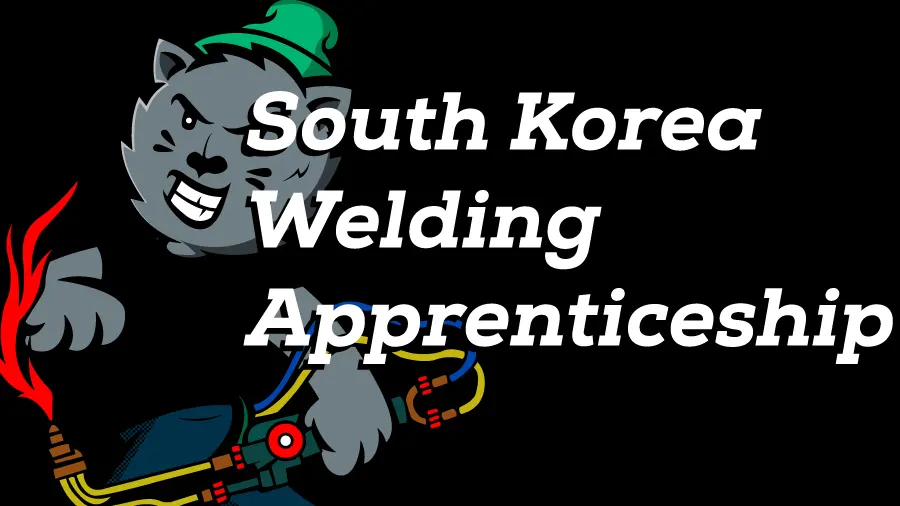The Importance of Welding in the Oil and Gas Industry


The oil and gas industry is essential for keeping the world fueled, and welding is an integral part of the process. Welding is used in the construction of pipelines, offshore structures, and other equipment that can withstand the harsh conditions of extreme environments. The welding process used in the oil and gas industry must be precise, reliable, and meet strict regulatory requirements to ensure the safety and integrity of the equipment.
Materials Used in Welding for Extreme Environments
The materials used in welding for extreme environments in the oil and gas industry are carefully selected to withstand extreme temperature, pressure, and corrosion. Stainless steel, carbon steel, and high-strength alloys are commonly used materials in pipeline and offshore structure construction. For example, duplex stainless steel has excellent resistance to corrosion and is often used in offshore structure fabrication. Additionally, materials used in the oil and gas industry must be able to withstand extreme temperature and pressure changes, as well as exposure to saltwater and other corrosive substances. To combat these challenges, materials such as Inconel and Hastelloy are used in high-temperature and high-pressure environments.
Techniques Used in Welding for Extreme Environments
The welding techniques used in the oil and gas industry for extreme environments are carefully chosen to ensure high-quality, reliable welds. Some of the most common techniques used in welding for the oil and gas industry include:
Shielded Metal Arc Welding (SMAW)
SMAW, also known as stick welding, is a commonly used welding technique in the oil and gas industry. This method uses an electrode covered in flux to protect the weld from atmospheric contamination. SMAW is ideal for welding thick metals and works well in outdoor environments, making it a popular choice for pipeline construction.
Gas Metal Arc Welding (GMAW)
GMAW, also known as MIG welding, is a welding technique that uses a continuous wire electrode to join metals. GMAW is ideal for welding thinner metals and is often used in the oil and gas industry for fabrication and repair work.
Flux-Cored Arc Welding (FCAW)
FCAW is similar to GMAW, but it uses a tubular wire filled with flux to protect the weld from contamination. FCAW is ideal for outdoor welding and is often used in pipeline construction and offshore structure fabrication.
The Future of Welding in the Oil and Gas Industry
The future of welding in the oil and gas industry looks promising, with advancements in materials and techniques. One area of research is the use of automation and robotics in welding for pipeline construction and offshore structure fabrication. Automated welding systems offer increased productivity, precision, and consistency, while reducing the need for manual labor in dangerous environments. Another area of research is the use of additive manufacturing, or 3D printing, for the production of complex components used in the oil and gas industry. Additive manufacturing allows for the creation of highly complex components in a single piece, reducing the need for welding and other joining techniques. In conclusion, welding is an essential process in the oil and gas industry for constructing equipment that can withstand extreme environments. The materials and techniques used in welding must be carefully selected to ensure the safety and integrity of the equipment. As technology advances, the future of welding in the oil and gas industry looks promising, with new materials and techniques being developed to improve efficiency and safety. The use of automation and robotics in welding, as well as 3D printing, could revolutionize the industry and make it even safer and more efficient. However, it's important to note that welding in the oil and gas industry comes with its own set of challenges, particularly when it comes to safety. Welding in extreme environments can be hazardous for workers, and safety protocols must be strictly followed to ensure the well-being of everyone involved. Overall, welding plays a critical role in the oil and gas industry, and it will continue to be an essential process for constructing the equipment needed to keep the world fueled. With the development of new materials and techniques, the future of welding in the industry looks bright, and we can expect to see continued advancements in the coming years.


© 2020 website designed and crafted by Wallid Guergour with ![]() . Steel Technics. French Alps.
. Steel Technics. French Alps.
